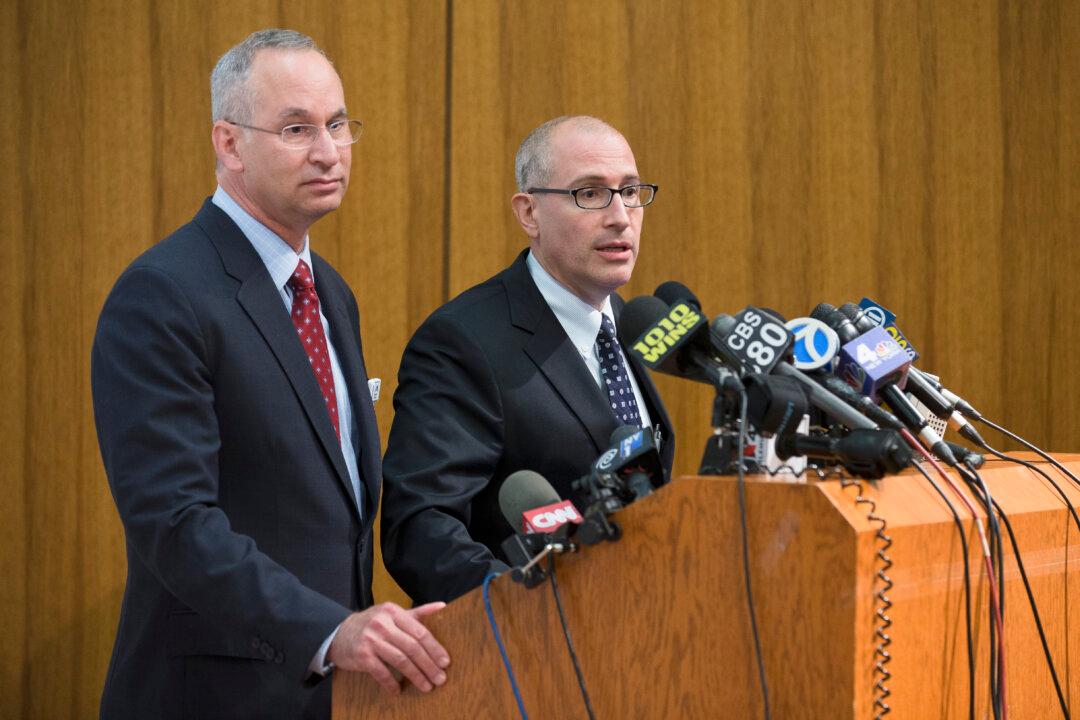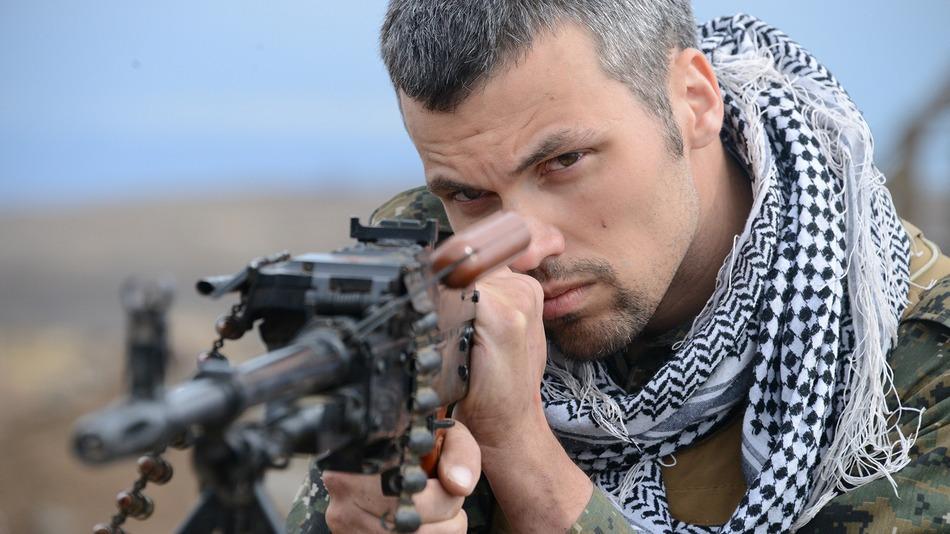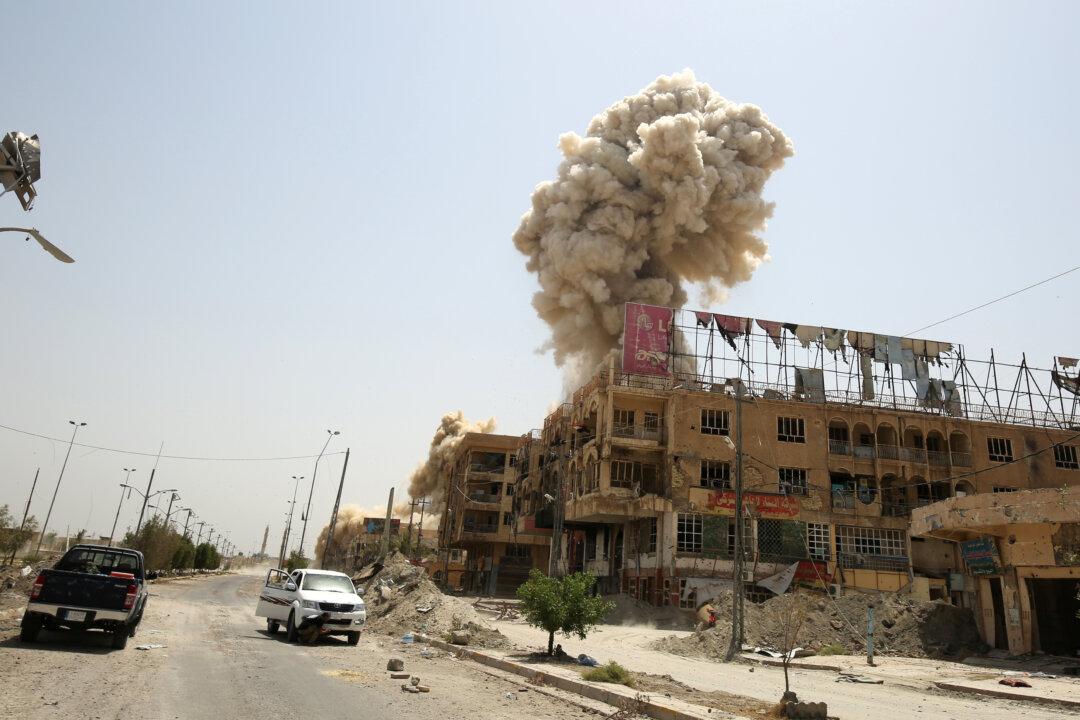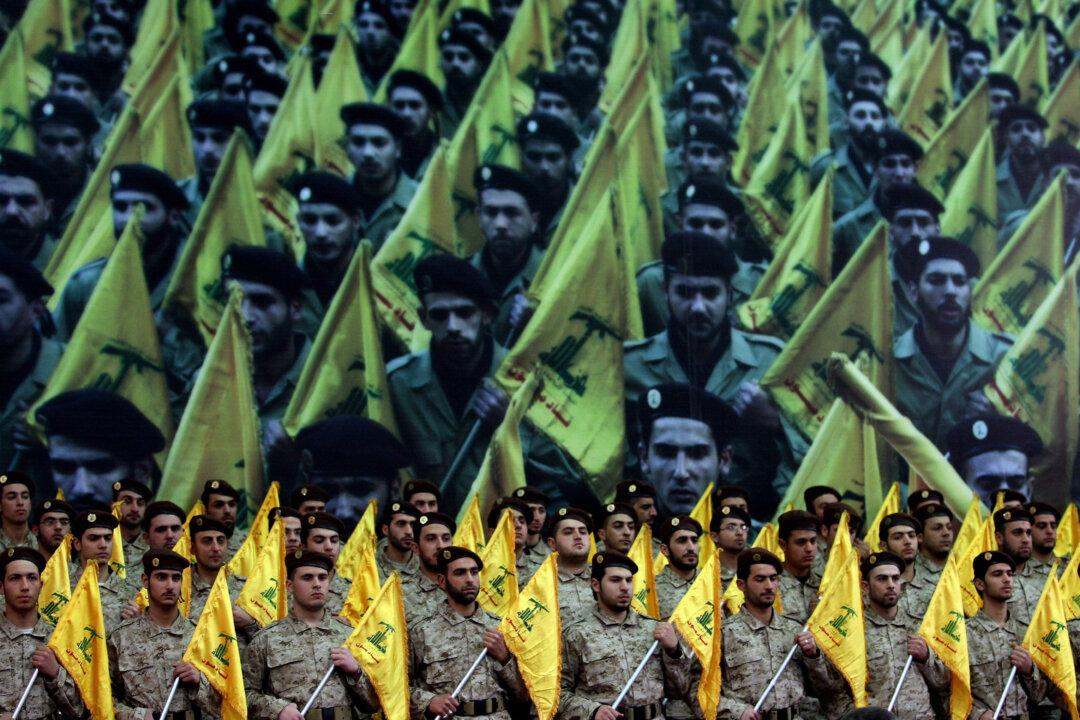A man who recently returned from West Africa is being tested in New York City for the Ebola virus. The patient, who is at Mount Sinai Medical Center, was isolated seven minutes after entering the door early Monday morning, according to hospital officials.
Ebola hemorrhagic fever (Ebola HF) is a severe disease in humans and animals such as monkeys, gorillas, and chimpanzees, according to the Centers for Disease Control (CDC). It is highly fatal and symptoms can include fever, headache, joint and muscle aches, weakness, diarrhea, vomiting, stomach pain, lack of appetite, and abnormal bleeding.
There has never been a case of someone contracting Ebola in the United States, but over 1,600 infections have broken out in the West African countries of Guinea, Sierra Leone, Liberia, and Nigeria in recent months. Ebola was first reported in late March 2014 in West Africa
People with Ebola can show symptoms anywhere from 2 to 21 days after exposure, though it’s most common to show symptoms within about 8-10 days.
At a Monday afternoon press conference, Mount Sinai officials refused to comment on patient details except to describe his condition as “good.” They also said that they are in contact with the city and state departments of health, as well as the CDC, where a sample from the patient was sent for testing. Test results will take 24 to 48 hours.
On Monday, the World Health Organization said there have been more than 887 deaths from the virus. Ebola cannot be transmitted through air, water, or food. It is transmitted through direct contact with blood or bodily fluids of an infected person with symptoms or through exposure to objects like infected needles.
The CDC has been helping to screen for sick travelers in West Africa to stop them from boarding airplanes. Plane captains are also required by law to report the ill passengers who meet specific criteria to the CDC before landing.
Airlines have been encouraged to deny sick travelers if Ebola is suspected. Crew members or passengers who have been traveling in a risk area who are ill with fever, jaundice, or bleeding must wear a surgical mask if possible, and be separated from others.
The CDC also recently sent an additional 50 workers to West Africa to help bring what is currently the worst Ebola outbreak in history under control.
Treatment in America
Monday’s Mount Sinai patient follows the weekend return of American aid worker Dr. Kent Brantly, who contracted Ebola while working in West Africa to fight the virus. Brantly was flown to the U.S. for treatment and is in a special isolation unit at Atlanta’s Emory University Hospital. A second worker, Nancy Writebol, is expected to arrive there on Tuesday via the same specially equipped plane that Brantly arrived in.
Brantly and Writebol are being given an experimental drug so novel it has never been tested for safety in humans and was only identified as a potential treatment earlier this year, thanks to a longstanding research program by the U.S. government and the military. Both patients are improving, although it’s impossible to know whether the treatment is the reason or they are recovering on their own, as others who have survived Ebola have done.
In New York, Dr. Jeremy Boal, executive vice president and chief medical officer of Mount Sinai, told reporters during a press conference that their isolation procedures are “absolutely safe.” Boal said hospital staff spent time over the weekend making sure that the right protocols were in place so that arriving patients are “immediately screened for travel history and symptoms.” If a patient fits the key criteria he or she would be immediately isolated.
Dr. David Reich, president and chief operating officer of Mount Sinai, also made reassurances that there are no immediate risks, even if the patient is infected with Ebola.
“Casual contact is not a factor,” said Reich.
Additional reporting by Amelia Pang. The Associated Press contributed to this report.




